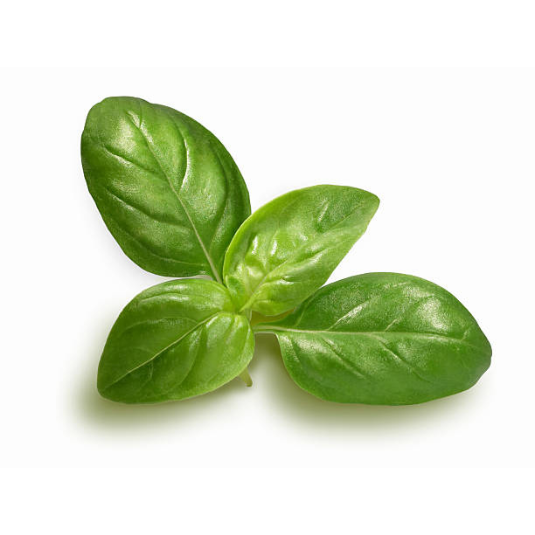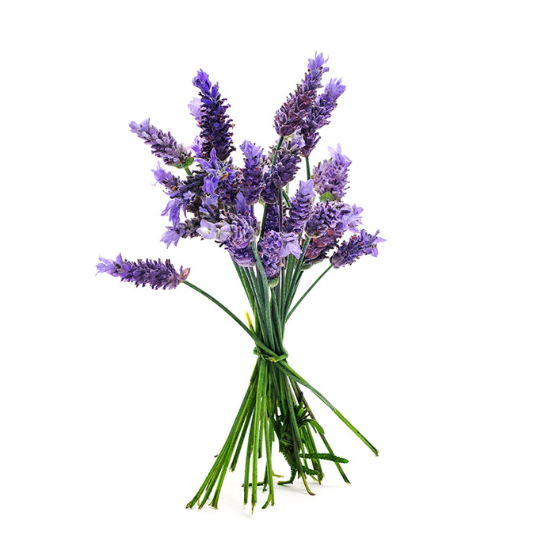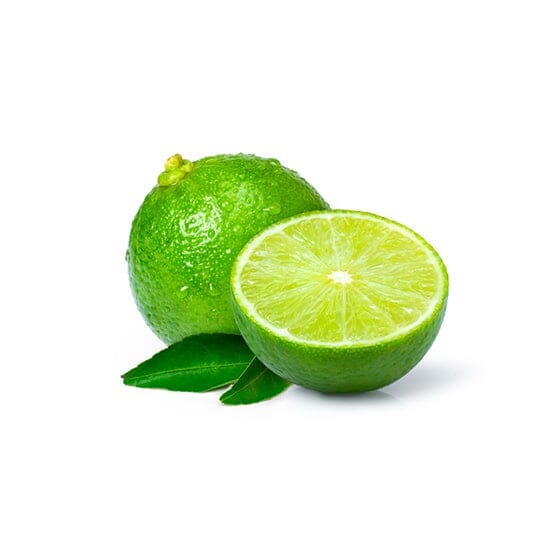What does the word anise mean?
The name and etymology of anise date back to its ancient origins and rich cultural heritage. The word "anise" is derived from the Latin "anisum," which in turn comes from the Greek word "anison." The Greek word itself has its roots in the Egyptian term "ns," which refers to the plant.
In the beginning…
Anise has a fascinating history spanning centuries and cultures. Its aromatic and medicinal properties have been valued since ancient times.
• In Egypt, anise was highly valued for its digestive qualities and refreshing taste. The seeds were used in perfumes and cosmetics, to which they gave a unique and captivating scent.
• In ancient Greece, anise was celebrated for its aromatic qualities and therapeutic uses. It later found its way into perfumes, cooking, and medicinal preparations. The Romans also valued anise for its sweet, spicy scent and incorporated it into perfumes, scented oils, and aromatic baths.
• Throughout the Middle Ages and into modern times, anise remained an important ingredient in perfumery in different cultures and regions. It gained popularity in Europe during the Middle Ages, where it was used in scented gloves and sachets to mask unpleasant odors and provide a pleasant fragrance. Anise also played an important role in the production of liqueurs such as absinthe, contributing to their distinct flavor profiles.
Today, anise continues to be valued in perfumery for its sweet, licorice-like scent, which adds depth and complexity to fragrance compositions. Its rich history and cultural significance make anise a beloved and timeless ingredient, carrying a legacy of enchantment and allure.
Anise cultivation
Anise is believed to have originated in the Eastern Mediterranean region , including Egypt, Greece, and Turkey. It is produced in different parts of the world to meet the demand for its various applications. Spain, Turkey, Mexico, China, and India are key regions known for their significant anise production. These regions benefit from favorable climates and fertile soils, allowing for successful cultivation. Spain and Turkey are also major producers, while Mexico focuses on domestic consumption. Furthermore, China and India have widespread cultivation for both the domestic and export markets; these regions ensure a steady supply of anise seeds for the perfume, culinary arts, and traditional medicine industries.
Growing anise involves several essential steps to ensure successful growth and production of aromatic seeds. It thrives in temperate climates with mild winters and warm summers, and the growing process begins by planting the seeds directly into properly spaced and prepared soil. Proper watering, fertilization, and weeding are essential for healthy plant development. Although anise is relatively resistant to pests and diseases, regular monitoring and appropriate measures may be necessary.
Harvesting anise is a crucial step in obtaining fully ripe seeds with optimal flavor and aroma. Once the seeds have turned brownish-gray and fallen naturally from the plant, the entire plant is cut at ground level; the harvested plants are then dried to facilitate seed extraction. Proper drying techniques preserve the quality of the seeds and prevent deterioration. The seeds are gently separated from the plant and stored carefully to preserve their freshness and aromatic properties.
Anise essential oil is derived from the seeds of the anise plant through a steam distillation process. It is used in a variety of applications, including perfumery, aromatherapy, and cooking. In perfumery, anise essential oil is valued for its olfactory properties and is often used to add a sweet and spicy note to perfumes.
The different species of anise
Here are some types of anise commonly used in perfumery:
• Anise: Derived from the seeds of Pimpinella anisum, anise offers a distinct aroma reminiscent of licorice. It is frequently used in perfumes to add a warm, sweet note.
• Star anise : The fruit of Illicium verum, star anise, is known for its intense, spicy fragrance. It adds a rich, exotic touch to perfumes, often used in oriental and gourmet compositions.
• Fennel: Fennel is also considered a type of anise. Although it is primarily used in culinary applications, its aromatic seeds are sometimes incorporated into perfumes. Fennel brings a fresh, green, and slightly sweet aroma to perfume compositions.
Good to know!
Anise has several benefits and virtues:- Aids digestion: Anise aids digestion and relieves bloating and indigestion.
- Respiratory aid: It acts as an expectorant, helping to relieve coughs and congestion.
- Soothing and calming: Anise has mild sedative properties that promote relaxation and relieve stress and anxiety.
- Antimicrobial effects: It has antibacterial and antifungal properties that inhibit the growth of harmful microorganisms.
- Oral health: Anise freshens breath and promotes oral hygiene.
- Milk production: It can stimulate breast milk production in breastfeeding women.
- Antioxidant activity: Anise is a source of antioxidants that protect cells from oxidative stress.
- Culinary Uses: Anise adds a distinct, licorice-like flavor to various culinary creations.
What did you know about anise in perfumery?
After harvesting, anise seeds undergo various treatments to improve their odor, flavor, and perfumery qualities. The seeds are first cleaned, sorted, and dried to remove impurities and reduce their moisture content. Grinding and milling can be performed to create a powder or coarser particles, depending on the desired application.
Anise seeds can also be steam distilled or solvent extracted to produce an essential oil or extract, which captures the aromatic essence of the plant. The resulting oil or extract is then used by perfumers to create fragrances that incorporate anise's unique sweet, spicy, and slightly floral scent. These processed forms of anise offer great versatility and can be used as individual notes or blended with other ingredients to achieve desired scent profiles.
Anise has a unique and captivating aroma profile . It is known for its sweet, licorice-like scent, accompanied by warm spices, fresh herbal notes, and sometimes floral and fruity nuances. The scent of anise is intense and long-lasting, making it a valuable ingredient for perfumery and fragrance compositions. Its distinct fragrance adds depth and complexity to various applications, including culinary arts and traditional medicine. Overall, the aroma profile of anise is characterized by its sweet, warm, and aromatic qualities, making it a versatile and highly sought-after ingredient.
Anise is widely used in perfumery for its distinct and captivating scent .
It is used as a top note in perfumes, providing an initial burst of fragrance; it is also used to add a touch of sweetness and richness to gourmand fragrances. Furthermore, anise complements the warm and exotic compositions of oriental fragrances and contributes to the creation of spicy accords, blending harmoniously with other spices. Furthermore, anise adds a bold and assertive facet to masculine fragrances. It can also be used to create contrast and complexity when layered with other notes. This is why anise is favored by niche and artisanal perfumers for its unique and individual character.
In summary, anise is a versatile and sought-after ingredient in perfumery, bringing its sweet, spicy and aromatic qualities to create captivating and distinctive fragrances.
Anise contributes to the olfactory harmony of perfumes through its sweet and warm characteristics, spicy and aromatic accents, complementary and contrasting notes, layering possibilities, and its ability to add originality and individuality to perfume compositions. Its presence enhances the overall scent, creates depth and complexity, and allows for the creation of balanced and captivating fragrances. The distinct scent of anise adds a touch of intrigue and leaves a lasting impression, making it an essential element in achieving olfactory harmony in perfumes.
Some legendary anise flavors...
Anise has been a notable ingredient in perfumery for many years, and has made its presence felt in several fragrances.
• In Après L'Ondée by Guerlain , anise plays a supporting role, adding subtle warmth and depth to the fragrance. Its sweet, licorice-like scent complements the delicate floral and powdery notes, creating an intriguing and elegant composition. Anise enhances the overall complexity and timeless charm of this iconic fragrance.
• Kenzo Air for Men Eau de Parfum for men , anise plays an important role, contributing to the unique and captivating character of the fragrance. Anise adds a fresh, herbaceous and slightly spicy dimension to the composition. Its presence creates a vibrant and invigorating opening, bringing a burst of energy and dynamism. The aromatic scent of anise, reminiscent of licorice, adds depth and complexity to the fragrance, blending harmoniously with the other notes. It reinforces the freshness and masculinity of Kenzo Air for Men and makes it a distinctive and memorable fragrance.
• In Kilian 's Gold Knight , anise plays a notable role in shaping the fragrance's olfactory profile. Anise brings a warm, spicy, and slightly sweet character to the composition. It adds depth and complexity, creating an intriguing juxtaposition with the other notes. The aromatic scent of anise, similar to licorice, adds a touch of mystery and allure to the fragrance, enhancing its overall richness.
• An Yves Saint Laurent fragrance that highlights anise notes is Opium . This iconic fragrance offers a captivating interpretation of anise. The spicy and fresh top notes of mandarin and pink pepper combine with star anise to create a vibrant opening. Then, the heart reveals rich floral accords of jasmine and rose, which blend harmoniously with anise. Finally, the base reveals notes of vanilla, patchouli and amber, adding a sensual warmth and oriental character to the whole.
• In the base notes, anise in the Armani Code perfume by Giorgio Armani create a seductive fragrance features notes of star anise in its composition, which are revealed in the final phase of the perfume. Anise brings a spicy and sweet touch, adding a depth and subtle sensuality to the whole.
Anise X Good Perfumer
Between calm and storm, serenity and agitation. Aquatic fragrances with invigorating freshness. Scents of energizing iodized sea spray or soothing morning dew, let yourself be carried away by the 803 eau de parfum : A patchouli caught in ice: a real tension between hot and cold. A frosty opening with marine accents, warmed by a spicy trio: ginger, pink berries and juniper. The power and intensity of warm patchouli notes in the base.
The 002 scented candle , elegant, both sweet and animal, with gourmet and comforting accents of sweet honey. It accompanies our cocooning moments. The top note is invigorated by aromatic notes of coriander seeds. The honeyed heart is accompanied by a flower of ylang-ylang and anise. In the base note, we succumb to the delicacy of Tonka bean. Why not let yourself be tempted by anise too?
















